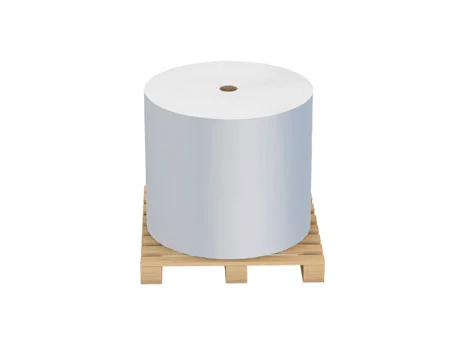
In the ever-evolving landscape of labeling technology, thermal label stickers have emerged as a frontrunner, revolutionizing the way information is printed and applied. Behind the scenes of these adhesive wonders lies a sophisticated technology that relies on heat activation to produce clear, precise prints. This exploration delves into the intricacies of the technology behind thermal label stickers, shedding light on how this heat-activated revolution is transforming the world of labeling.
At the heart of thermal label sticker technology is thermal printing, a process that harnesses the power of heat to create images on label surfaces. Unlike traditional ink-based printing methods, thermal printing relies on chemically treated labels that respond to controlled heat exposure. The thermal printhead selectively heats the label in specific areas, activating the chemicals and producing the desired print.
This heat-activated precision is a game-changer in the labeling industry. The absence of ink cartridges eliminates the need for messy replacements and ensures that each print is sharp, clear, and consistent. Whether it's for barcodes, product labels, or shipping tags, thermal label stickers offer a level of precision that sets them apart in the realm of labeling technology.
Within the realm of thermal label stickers, two primary technologies dominate: direct thermal and thermal transfer. Direct thermal printing, as described above, involves the application of heat directly to the label surface, creating an immediate reaction and producing the print. This method is ideal for applications that require quick, on-demand printing with minimal maintenance.
On the other hand, thermal transfer printing involves using a ribbon – often made of wax, resin, or a combination of both – to transfer the image onto the label. This method is versatile, allowing for a broader range of label materials and enhanced durability. Thermal transfer labels find applications in scenarios where longevity and resistance to environmental factors are crucial, such as in the labeling of industrial products or outdoor signage.
The technology behind thermal label stickers comes with a host of advantages that cater to the needs of various industries. Clarity is a standout feature, with thermal printing delivering high-resolution prints that ensure barcodes are easily scannable and text is legible. The speed of the printing process is another notable advantage, making thermal label stickers an ideal choice for applications that demand rapid, on-demand printing.
Efficiency is at the core of thermal label sticker technology. With no need for ink or toner replacements, maintenance costs are significantly reduced. This not only translates to economic benefits but also contributes to a more streamlined labeling process. Whether used in retail for price tags, logistics for shipping labels, or healthcare for patient identification, thermal label stickers bring efficiency to diverse sectors.
The technology behind thermal label stickers is propelling the labeling industry into a heat-activated future. The precision, speed, and efficiency of thermal printing make these stickers indispensable in a wide array of applications. From simplifying inventory management to ensuring accurate product identification, thermal label stickers are at the forefront of a labeling revolution that prioritizes clarity, sustainability, and operational excellence.
As technology continues to advance, the capabilities of thermal label sticker technology are poised to evolve further. Innovations in label materials, printing techniques, and sustainability practices will likely shape the future of thermal labeling, ensuring that these heat-activated wonders continue to be a driving force in the ever-expanding landscape of labeling technology.




 English
English  中文
中文  한국어
한국어  français
français  Deutsch
Deutsch  Español
Español  italiano
italiano  русский
русский  português
português  العربية
العربية  Polska
Polska  Indonesia
Indonesia 


